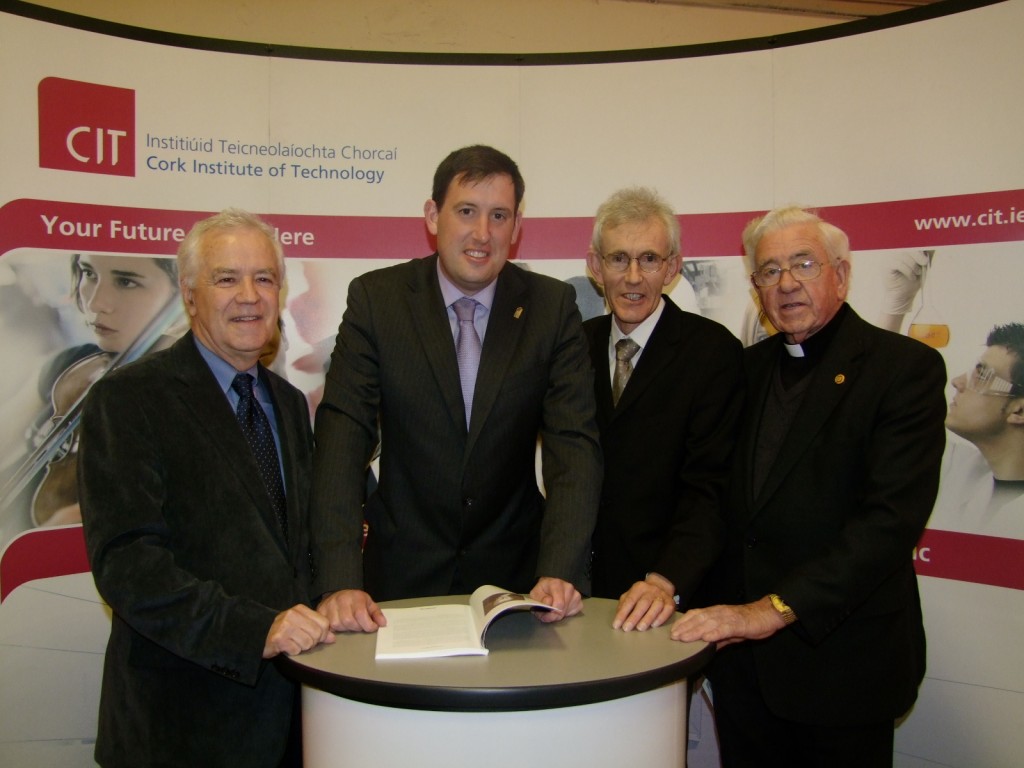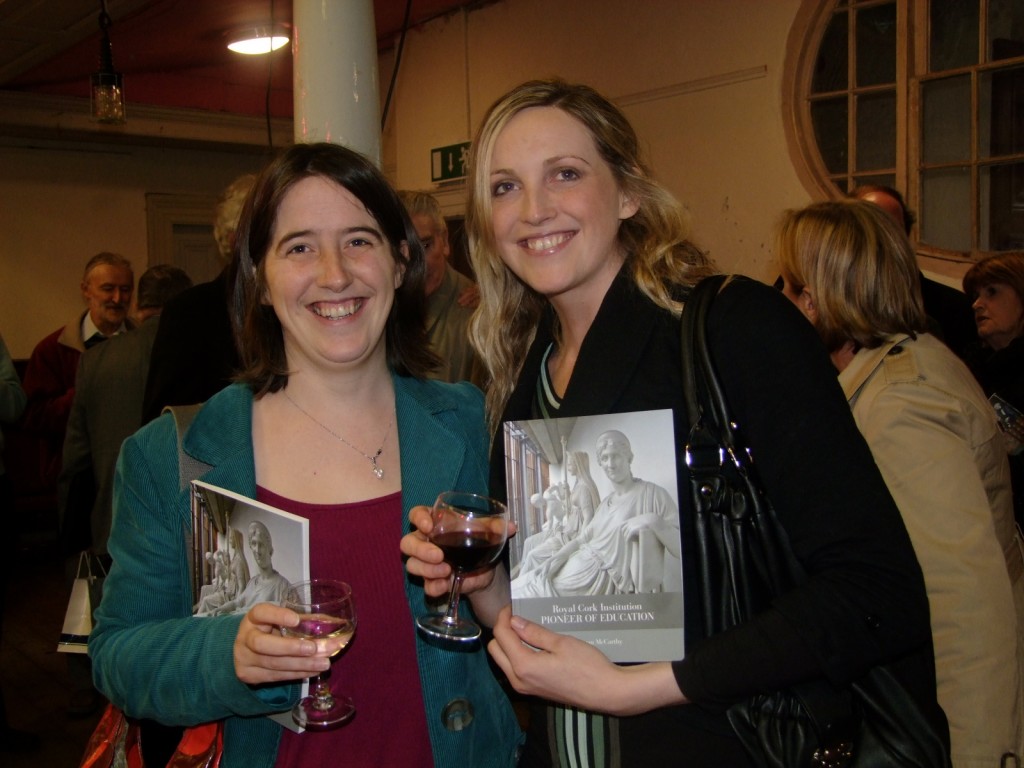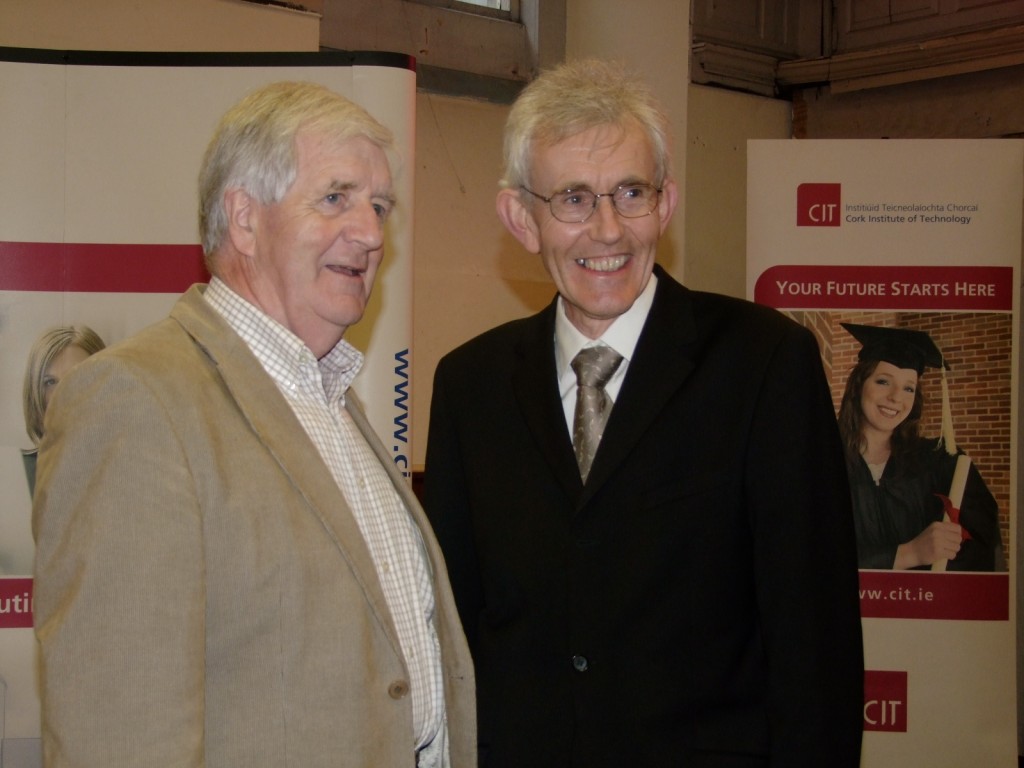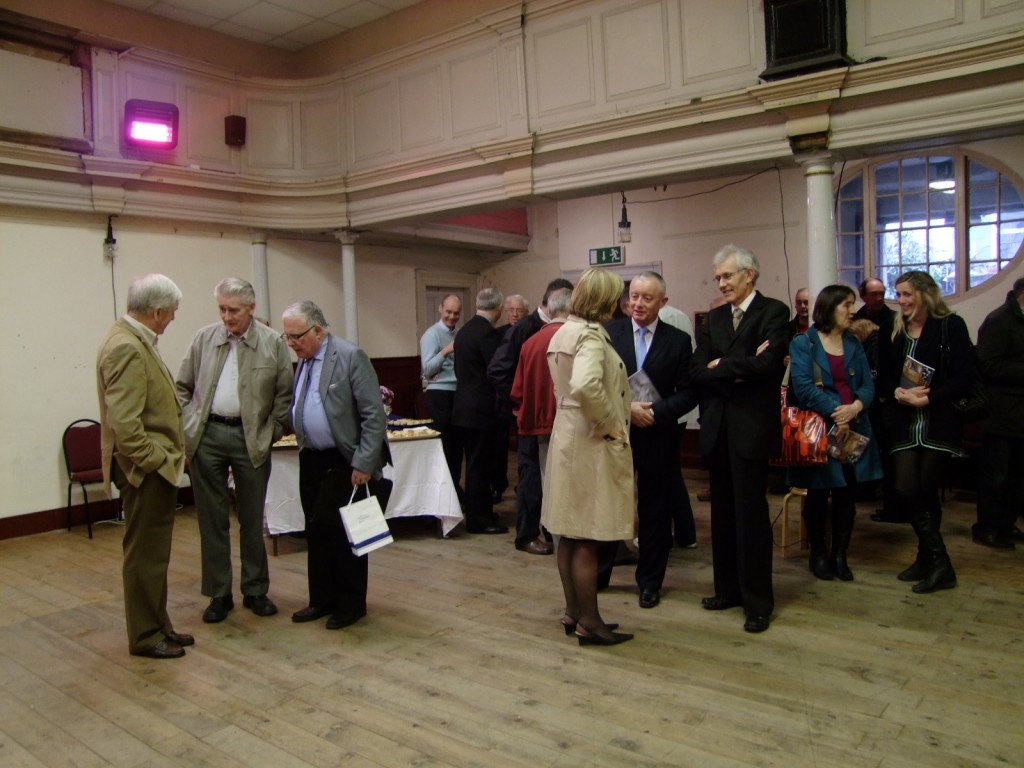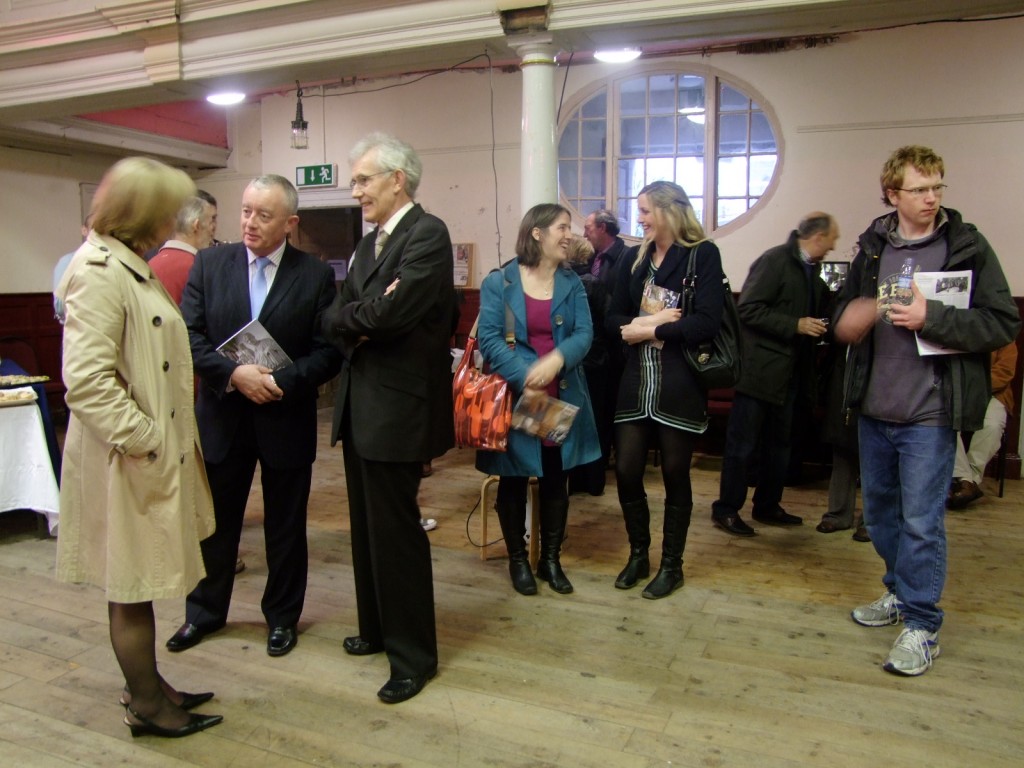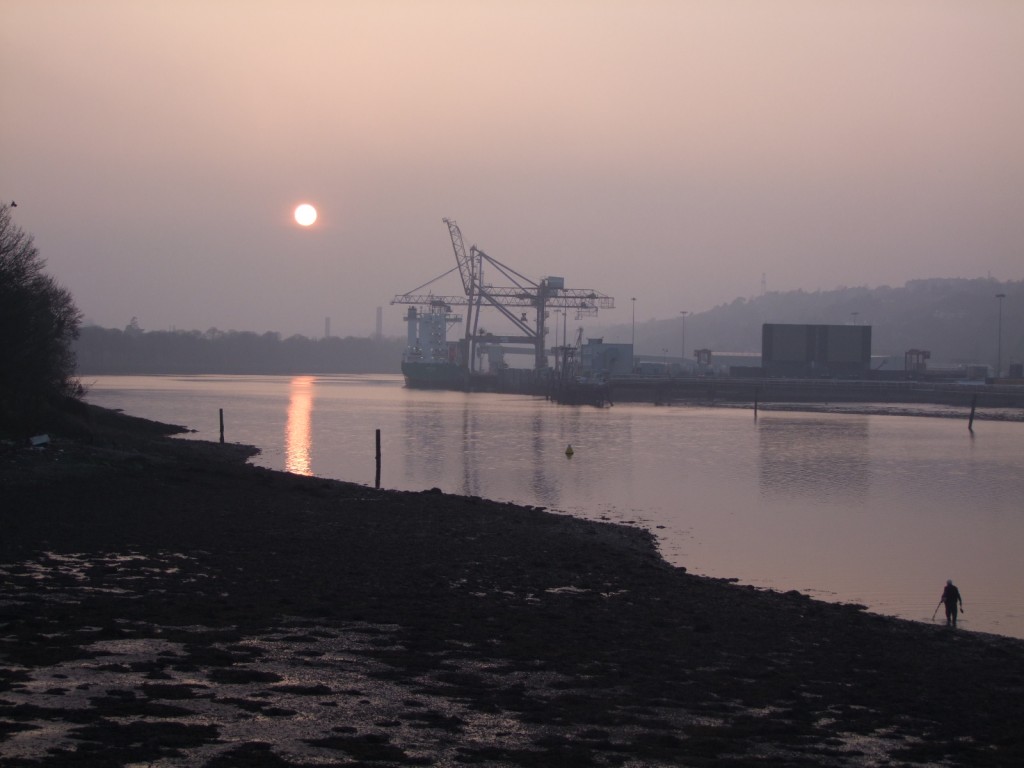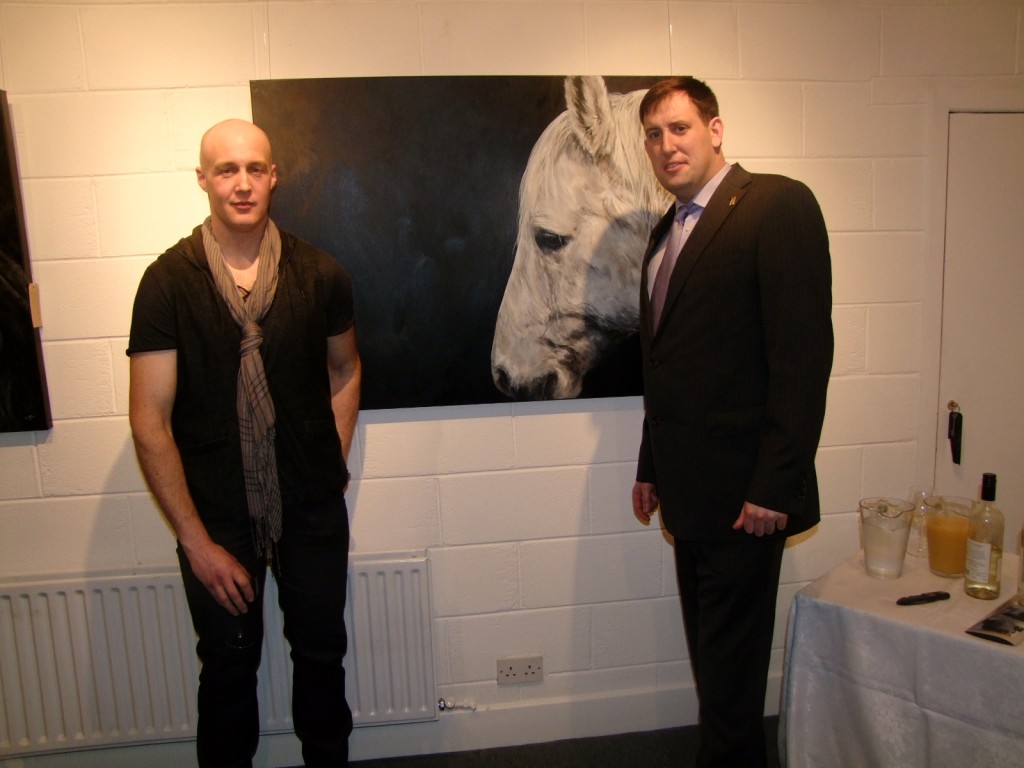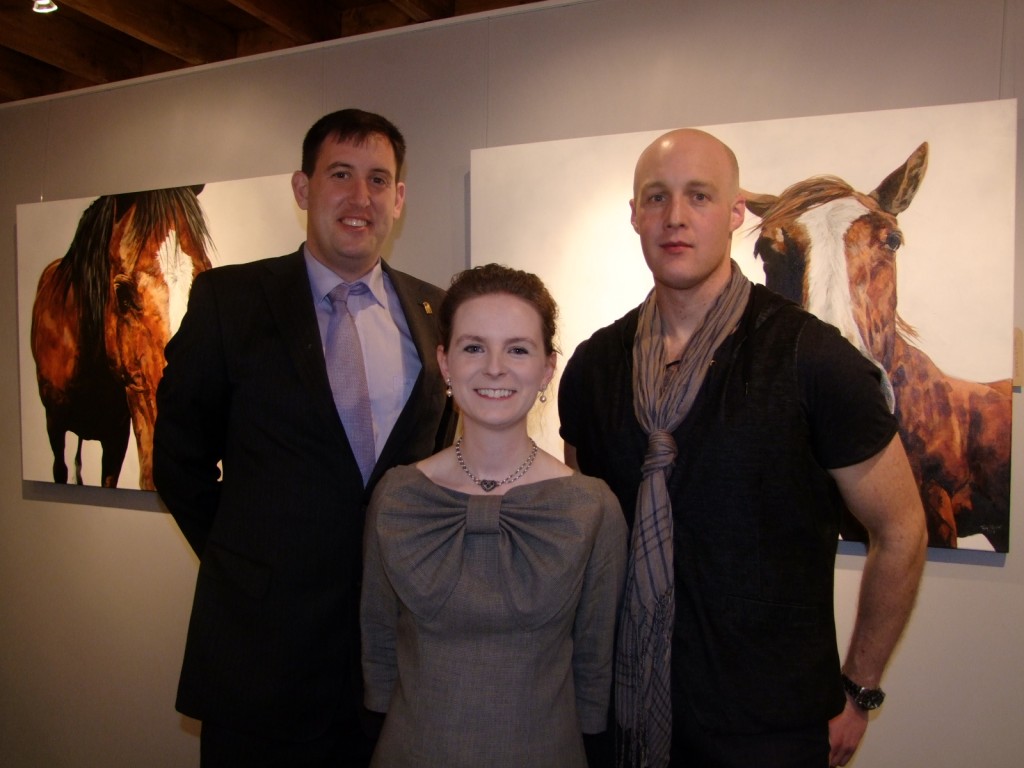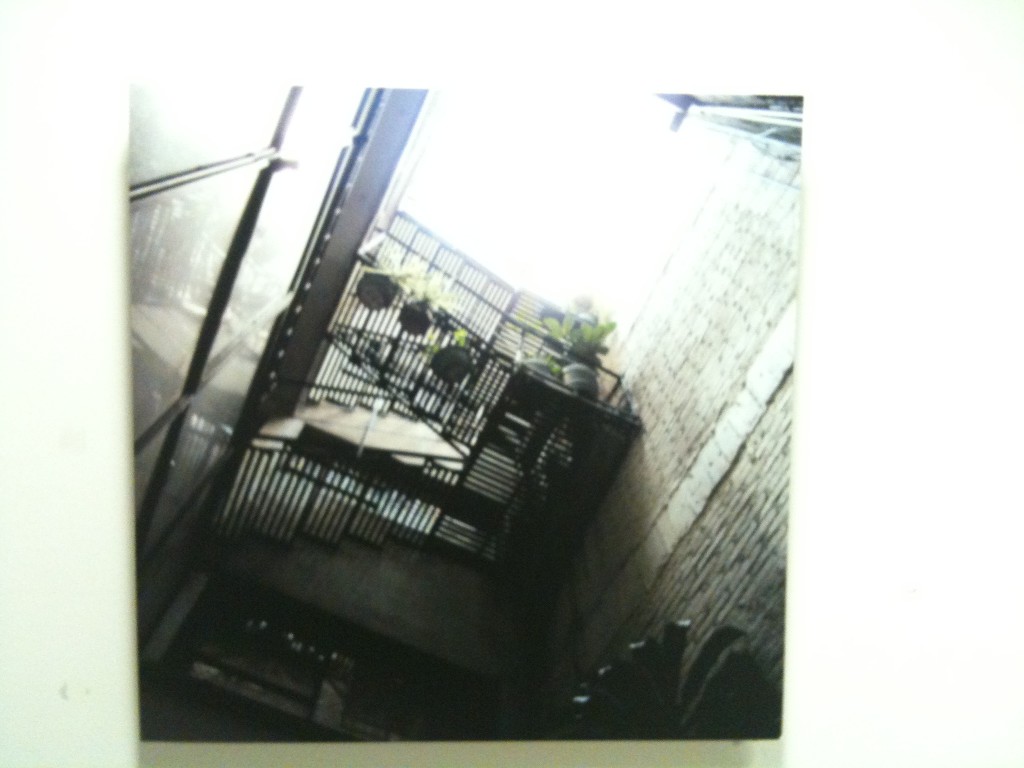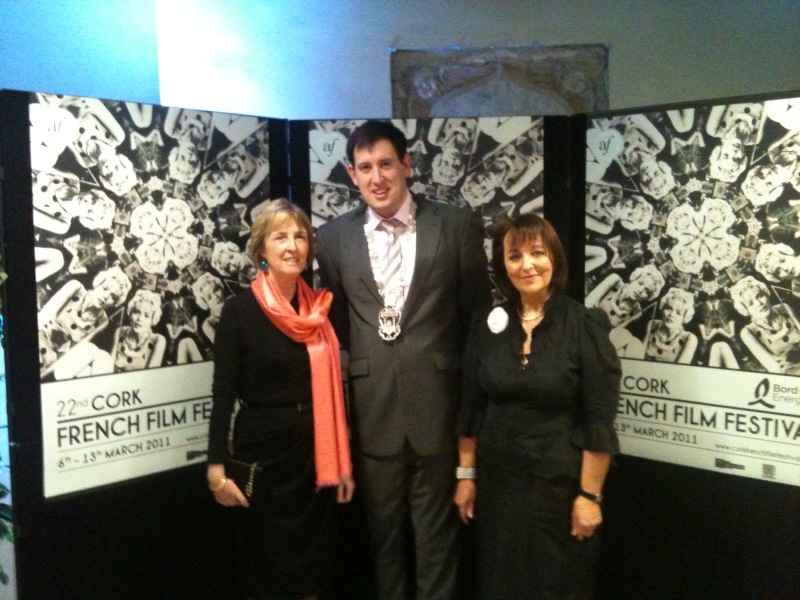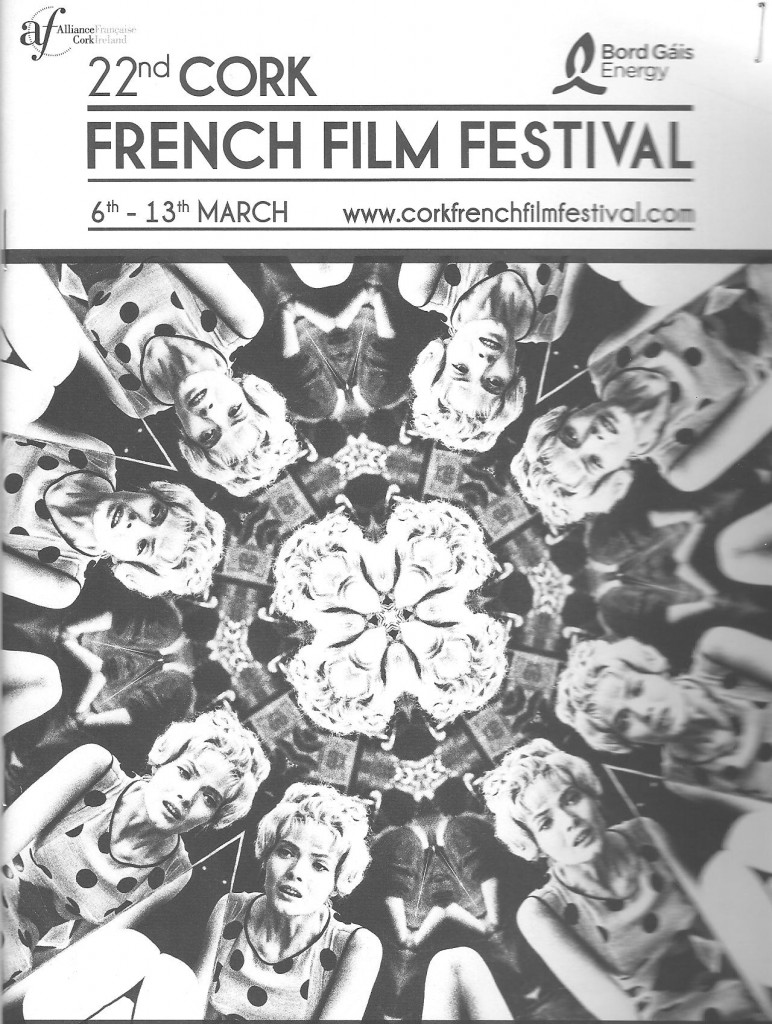On Saturday afternoon in Bishopstown Library, I had the honour of launching the artwork of a former teacher of mine, Daithi O’hAodha from Colaiste Chriost Ri.
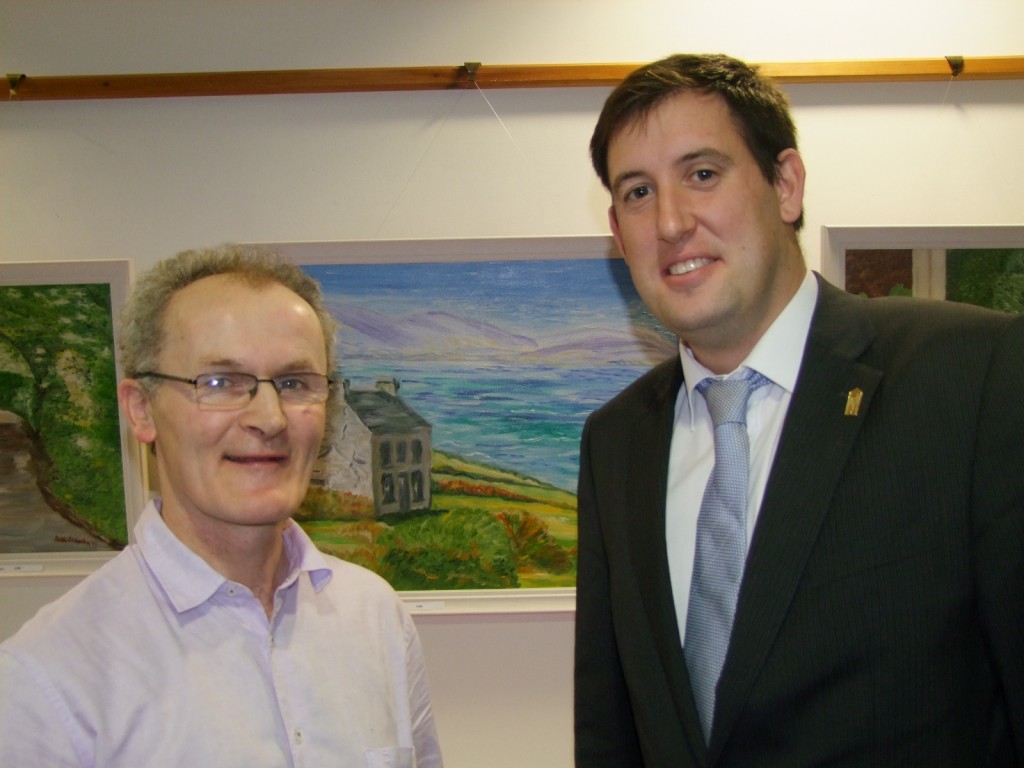
Kieran’s speech:
Daithi, Ladies and Gentlemen. Many thanks for the invitation to come and chat to you this afternoon.
They say that art has the power to stop, impress, make one question, wonder, dream, remember, be disturbed, explore and not forget – a whole series of emotions – all of which echo throughout Daithi’s works of art.
Walking around one can see the amount of work that has been put in the shapes, patterns and colours of the art works on display; What is very evident is the amount of planning, design work, thought, emotion and building work that has gone into these works of art.
While these images speak volumes to the art lover, the lavish use of colour give Daithi’s work a much broader appeal. Anyone who appreciates design cannot but be drawn in – taken on a journey.
Journeys Through Landscape:
Many years ago, being a Chriost Ri boy, teachers like Daithi inspired me to make my own journey into exploring Irish culture, history and landscape and for that I am forever grateful –
I can recall vividly, Daithi’s enthusiasm, energy and passion for Irish culture and for charity work – those ideas of giving recognition to culture and to people, with all their complexities, have remained the central pillars of Daithi’s work throughout the years.
For me Daithi’s energy opened my own imagination to the importance of being creative, to expand my ways of seeing, my own views of the world and in that context the rich culture inherent in our country.
My own journey ventured towards exploring Cork City and its region’s rich historical tapestry which to me is an enormous and complex artwork, which has its own lines, contours and outward expression, meanings and memories.
Daithi’s art before us also create new ways of seeing, ways of making and ways of expressing ideas. Each of Daithi’s work presents a different view; each work has its own meanings and memories to him and of course one can say all of that for all those who come to view his works. Each viewer will take something different away from their visit to view his work.
The Power of Landscape:
Perhaps one of the central threads to Daithi’s work is the power of landscape – his works on display fluctuate between views of countryside and views of people
Those that know Daithi know well that Daithi is an explorer, physically, culturally and imaginatively. He is mesmorised by the narratives within landscapes and this draws him closer to the landscape. He is pulled into the story. Landscapes just like memories seem very attractive and powerful.
Talking to Daithi about his work, it is clear that landscapes have affected him in different ways. It has slowed him down to ponder its details. Daithi talks about colour, contours and lines of his work; the actual infrastructure of landscape. However, one perhaps can also see how he is continually learning how to see, read, understand and to appreciate the landscape.
Daithi has a pride, passion and concerns for landscapes. The landscapes he engages with, have changed his perception, his beliefs, his worldviews and his journey through life. The idea of landscape seems to have multiple tangents in Daithi’s work.
With all of that, it’s clear that for Daithi perhaps landscape infects him with a longing for it. The sites he has selected seem to call him back calling him back like old friends calling to immerse himself in a place. He presents a multitude of views, very close-up and wide pan shots that present landscape as random and messy but beautiful.
His study of the interface of human and the landscape elements seems also enhanced by wider spatial settings. He presents views changed through weather and its changing moods. It’s like the landscape can change its humour and colour. He explores the resulting and varied colour palettes of places can create a different texture forming a new rhythm and pulse for a place’s identity.
So yep for Daithi landscape with all its strengths and weakness perhaps is a genius which he continues to chat to. It engages, inspires, pushes him on and moulds him.

Personal Memories:
His memories of scenes also seem to have a rich texture with so much to think about. Daithi’s memories, child and adult ones, work like some kind of pulse being selected, pulled apart and transformed as he engages with a topic, a narrative, a memory. His memories light up his canvasses – every story presented is charged with that emotional sense of nostalgia –the past shaping his present thoughts, ideas and actions.
It is said that a place owes its character not only to the experiences it affords –sights and sounds – but also to what is done there – looking, listening and moving.
The association between places of meaningful locations and people and actions is often invisible because it is so deeply engrained. In otherwords, the familiar can be forgotten. Daithi explores the richness in the ordinary if one looks, listens and observes. For Daithi, his art expresses his feelings of confidence to record scenes, to express creativity, and to show the importance of the power of making.
All of what I have noted are ideas. They plus many more ideas certainly haunt Daithi’s own journey in the landscape, physical and imaginative he travels through; but those ideas are not set in stone.
But what is quite clear is that Daithi has explored, explores and will continue to explore different ways of looking at what’s in front of us.
Perhaps for us the viewer, he presents a set of lenses or tools perhaps to decode, discover, recognise, reveal, synthesise, communicate, move forward and explore our cultural heritage, our environment, our society and the very essence of our identity.

Summary:
Ladies and gentlemen, in this world, we need more of those traits; more confidence, strength of imagination, freedom to express oneself, determination, force of life – and we need to mass produce these qualities.
Daithi, may you always have an open mind to ideas, people and places and that your talent will grow with each work.
I wish you all the best of luck this week and moving forward into the future. It is my great pleasure to launch your art exhibition

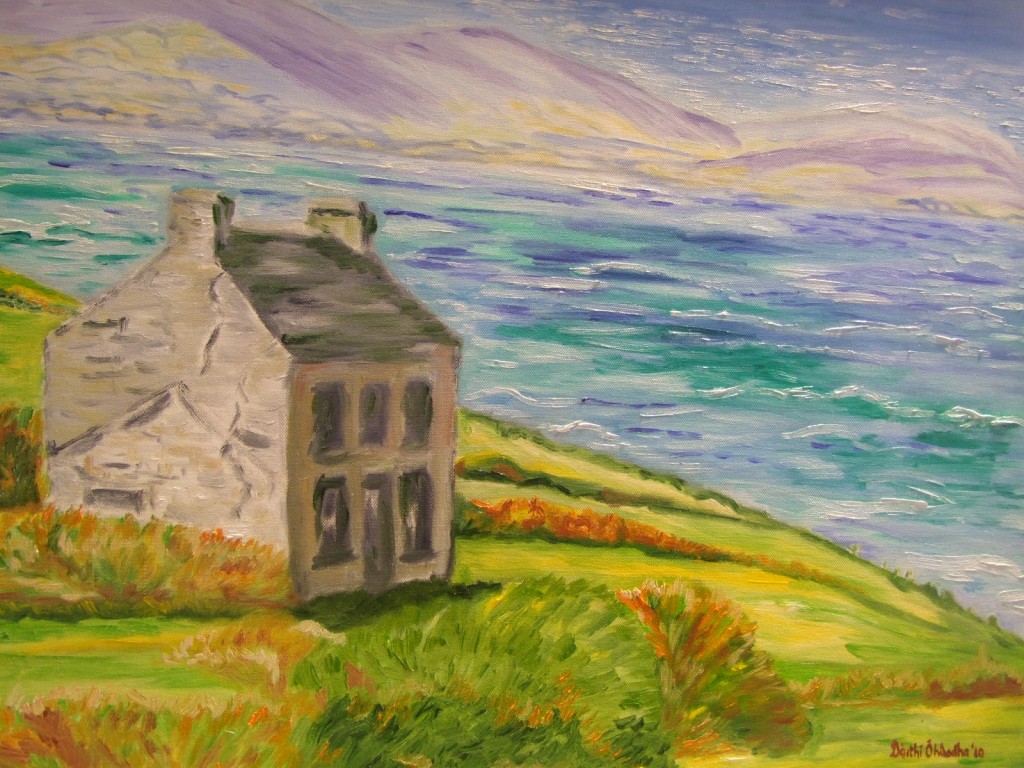



































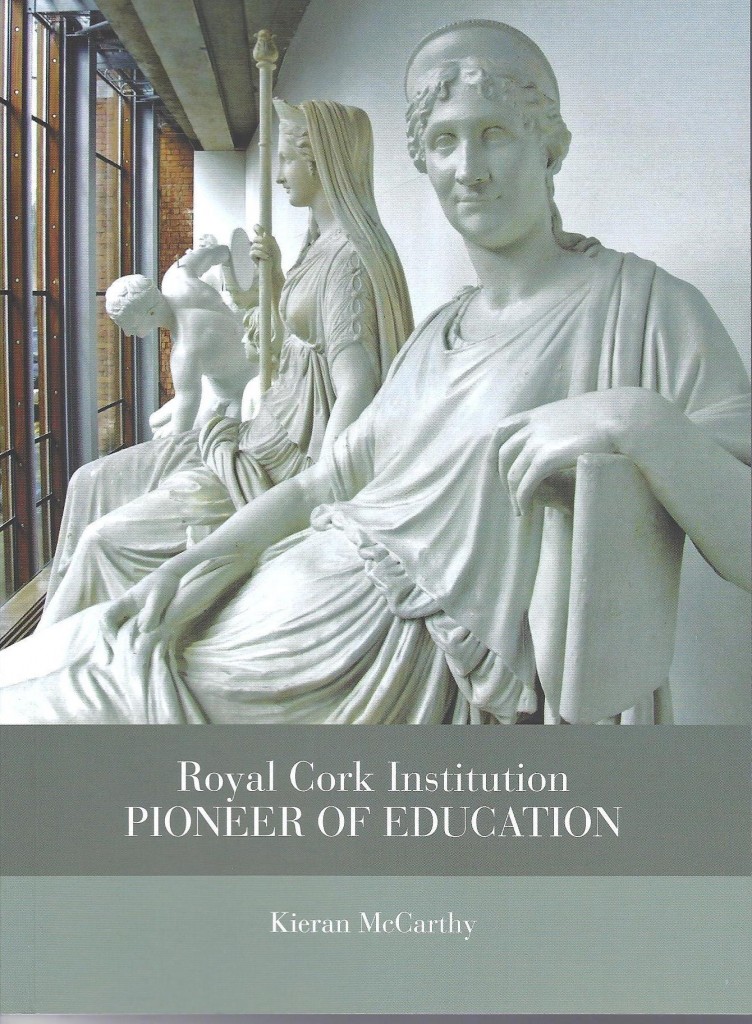 Many thanks to everyone for turning out here this evening.
Many thanks to everyone for turning out here this evening.  I admire greatly what Hincks achieved and ultimately his legacy, the legacy of the Royal Cork Institution. In particular, the ideas of education and its value, how he drove that…
I admire greatly what Hincks achieved and ultimately his legacy, the legacy of the Royal Cork Institution. In particular, the ideas of education and its value, how he drove that…
